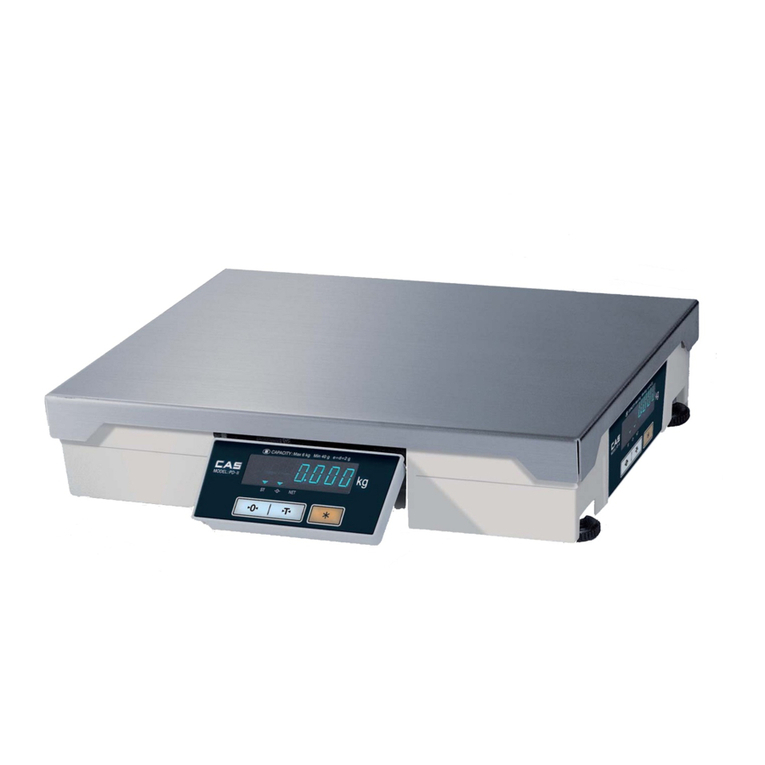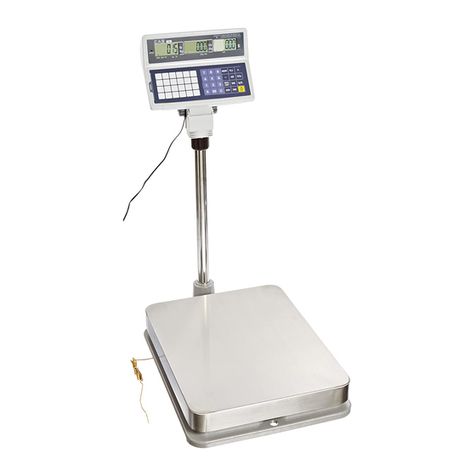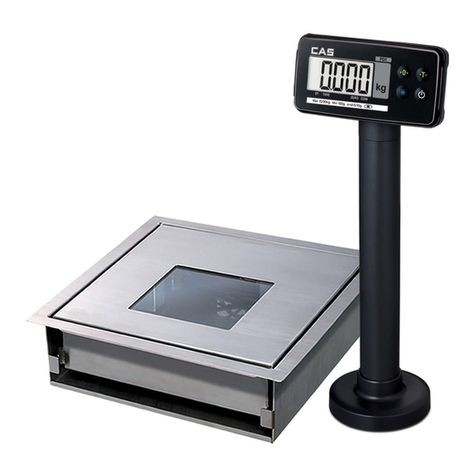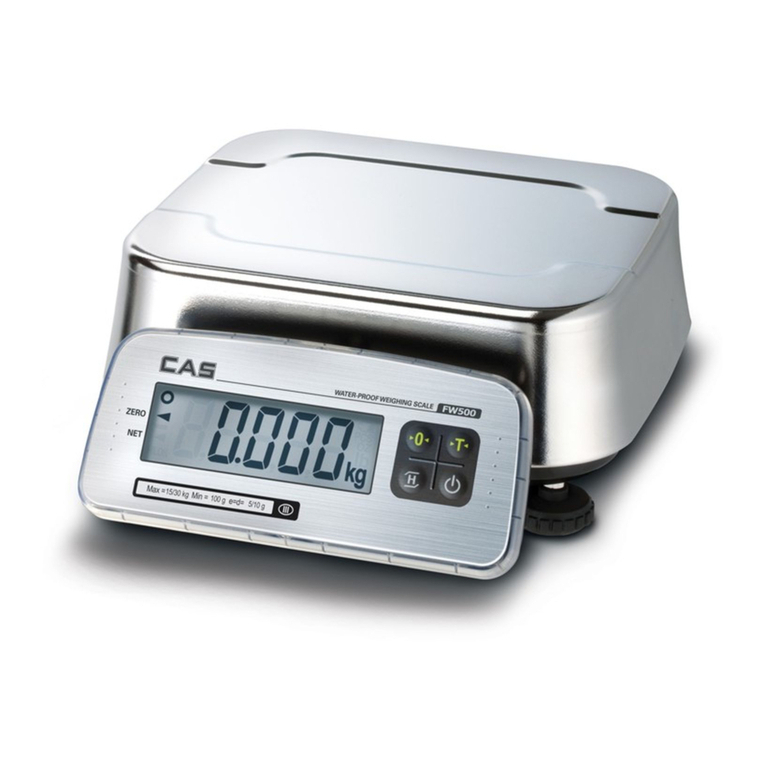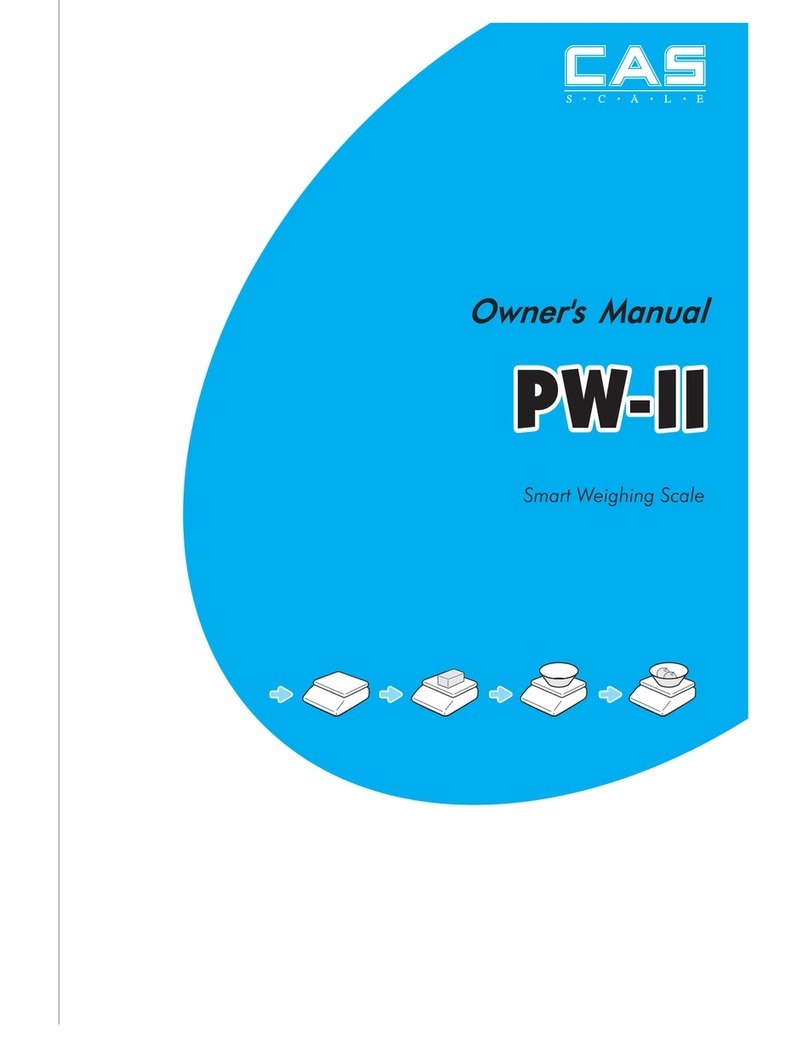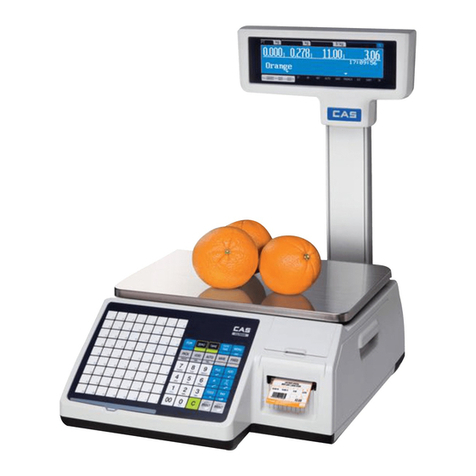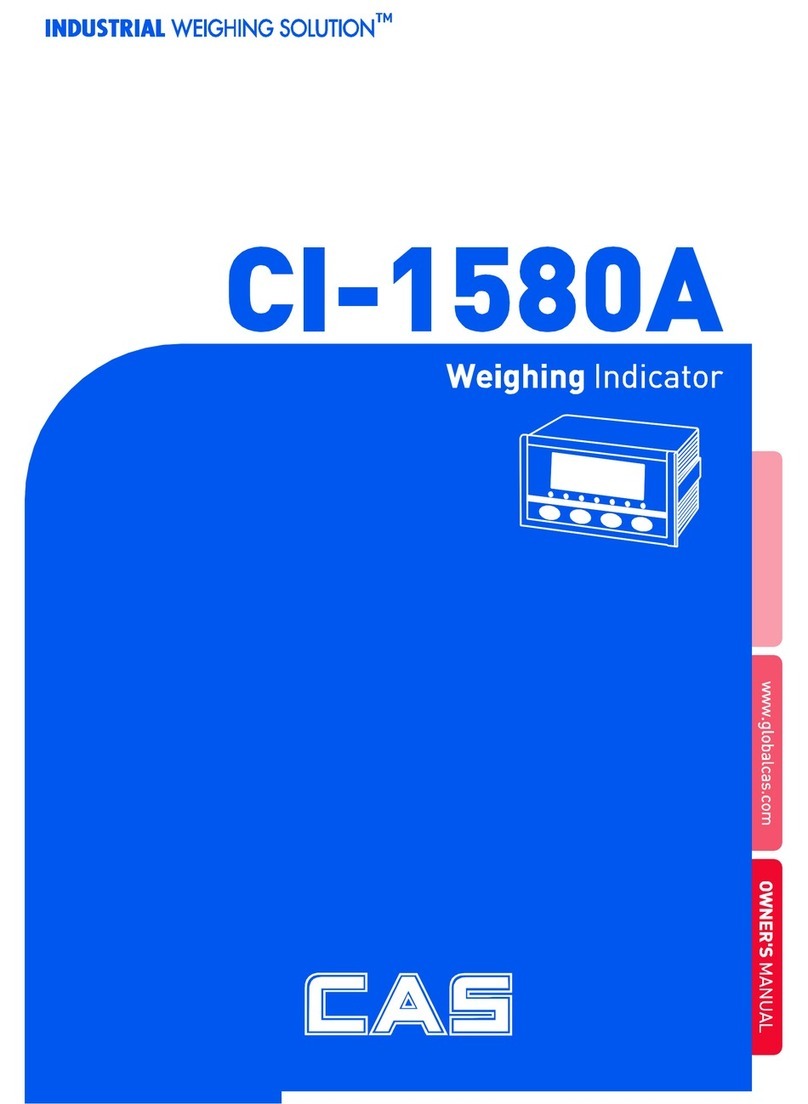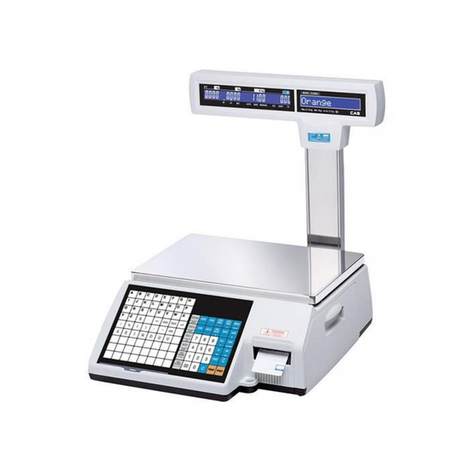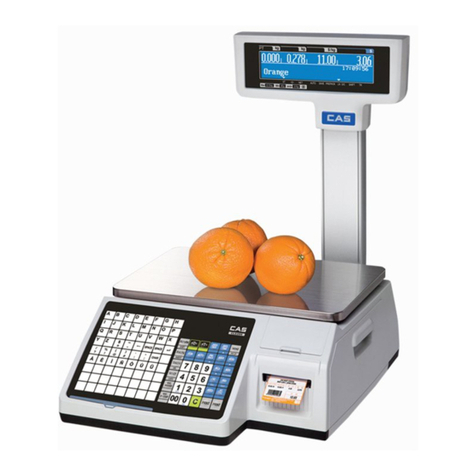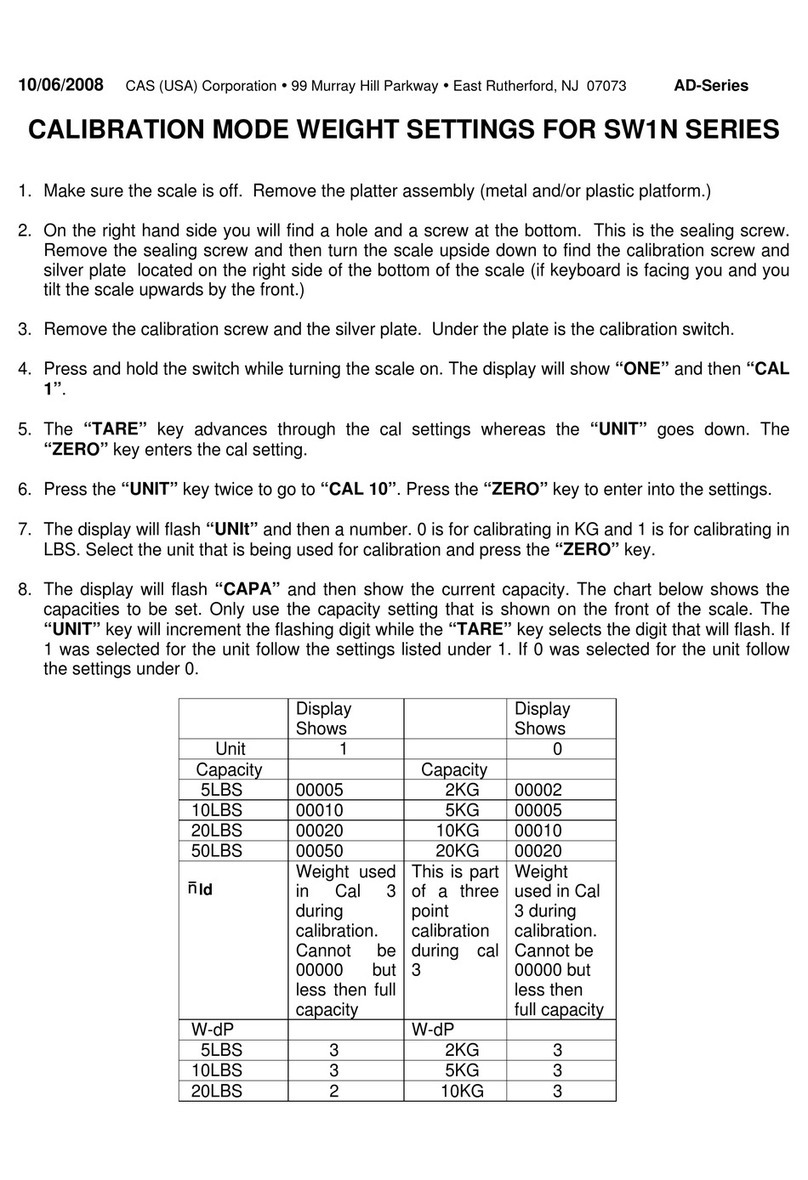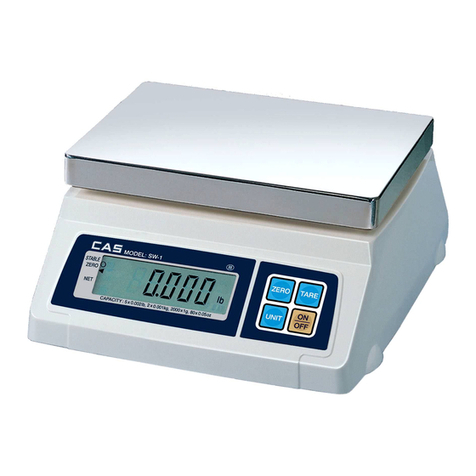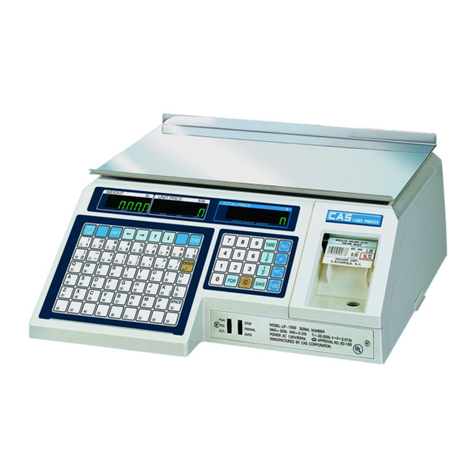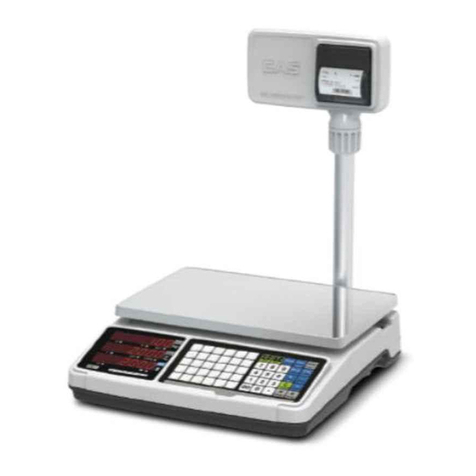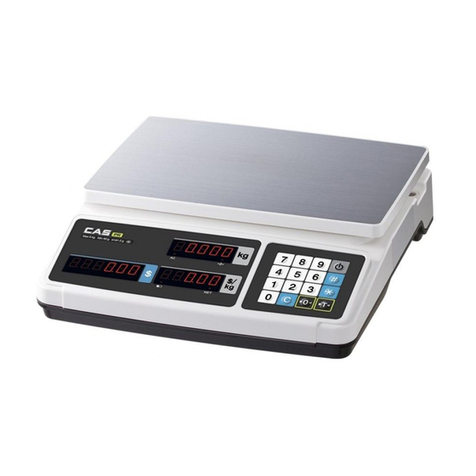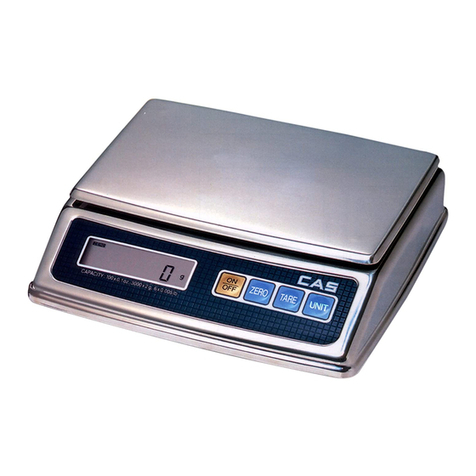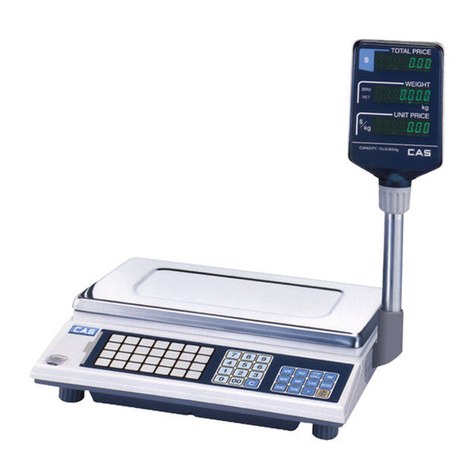10
15. Connecting Peripheral Instruments..................................................... 87
15.1 Electronic Printer ............................................................................................. 87
15.2 Personal Computer - RS-232C -..................................................................... 88
15.2.1 Connecting the Cable .......................................................................... 88
15.2.2 Data Format ......................................................................................... 89
15.2.3 Using Command Codes...................................................................... 91
15.2.4 Multi-Connection Mode ..................................................................... 96
15.3 Communication Setting................................................................................... 99
15.3.1 Overview.............................................................................................. 99
15.3.2 Handshaking ........................................................................................ 99
15.3.3 Format ................................................................................................100
15.3.4 Communication Speed......................................................................100
15.3.5 Parity / Bit Length .............................................................................100
15.3.6 Stop Bit............................................................................................... 100
15.3.7 Delimiter ............................................................................................101
15.4 Decimal Point Symbol in Output Data ........................................................101
16. Maintenance and Transportation........................................................102
16.1 Maintenance...................................................................................................102
16.2 Moving the Balance.......................................................................................102
17. Troubleshooting.............................................................................................. 103
17.1 General Display .............................................................................................103
17.2 Error Display..................................................................................................104
17.3 Troubleshooting .............................................................................................105
17.4 LCD (Liquid Crystal Display) Check . ........................................................ 105
Appendices................................................................................................................106
A-1. Menu Map...................................................................................................... 106
A-2. Standard Accessories and Maintenance Parts List ...................................... 111
A-3. Optional Accessories List.............................................................................. 112
A-4. Specifications of Connectors ........................................................................ 113
A-5. Table of Unit Conversion Constants ............................................................ 114
A-6. Performance Checks ..................................................................................... 115
A-7. Below-Weigh Hook Dimensions ................................................................. 116
A-8. Notes on WindowsDirect.............................................................................. 117
A-9. Index............................................................................................................... 119

